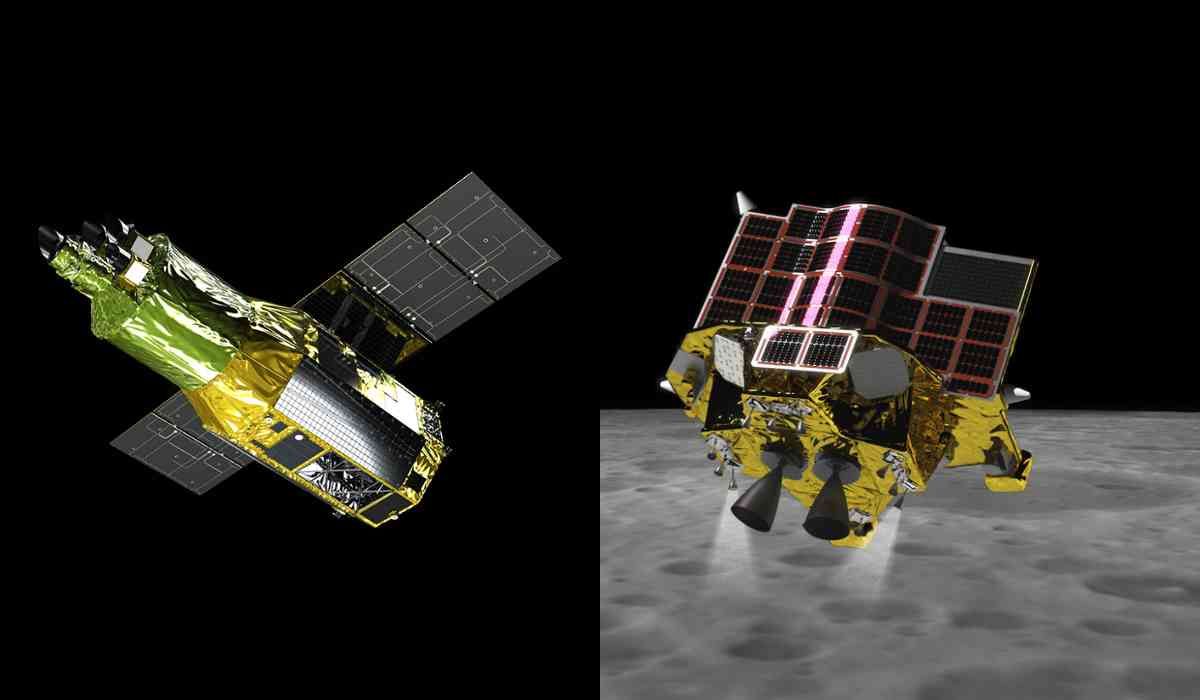Japan's Mitsubishi Heavy Industries, Ltd. (MHI) successfully launched the H-IIA rocket, which is carrying "XRISM" and "SLIM", produced by JAXA (Japan Aerospace Exploration Agency), at 08:42 (JST) on September 7, 2023.
The launch vehicle went according to JAXA's plans, and they confirmed that XRISM successfully separated from H-IIA after 14 minutes and 9 seconds after launch and SLIM about 47 minutes and 33 seconds after launch.
 which carries aboard XRISM and SLIM_1694071149.jpg)
Source: Mitsubishi Heavy Industries
The H-IIA Launch Vehicle has been in operation since 2001 as a highly reliable, large-sized mainstay rocket and is used in missions to launch satellites and space probes. It is 53 meters in length, has a liftoff mass of 289 tons, i.e., without the payload mass, and uses the inertial guidance method. It is a method where a computer uses the gyroscope and accelerometer data from a spacecraft or an aircraft to keep the object on a predetermined course.
What are XRISM and SLIM?
XRISM (X-Ray Imaging and Spectroscopy Mission) is a new X-ray astronomical satellite that observes plasma in stars and galaxies. It has a new generation of X-ray imaging spectroscopy techniques and aims to resolve the mysteries regarding the formation of the universe. It has a weight of 2.3 metric tons. The altitude of its orbit is approximately 550 kilometers, with a tolerance of +/- 50 kilometers, and its orbital inclination is set at 31 degrees.
SLIM (Smart Lander for Investigating Moon), aims at demonstrating a pin-point landing technique and obstacle detection technique. It has a dry mass of 200 kilograms and a wet mass ranging from 700 to 730 kilograms. In terms of size, it measures approximately 2.4 meters in length, 1.7 meters in width, and 2.7 meters in height.

Source: JAXA
Objectives of XRISM
◇ To perform high-resolution X-ray spectroscopic observations of the hot gas plasma wind that blows through the galaxies in the universe.
◇ To determine flows of mass and energy, revealing the composition and evolution of celestial objects.
◇ To distinguish black holes, neutron stars, or white dwarfs and understand the nature of distorted spacetime.
Objectives of SLIM
◇ To demonstrate accurate lunar landing techniques embodied in a small explorer.
◇ To accelerate the study of the moon and other planets using the lighter exploration system.
Japanese Space Exploration Milestone
In conclusion, this mission marks a milestone in Japanese space exploration and also highlights the continued commitment to exploration and scientific advancement. These missions hold the promise of unlocking insights into the cosmos and lunar exploration techniques, thus taking a significant step towards our quest for knowledge of what lies beyond our planet.
Source: JAXA
Ⓒ Copyright 2023. All Rights Reserved Powered by Vygr Media.


























